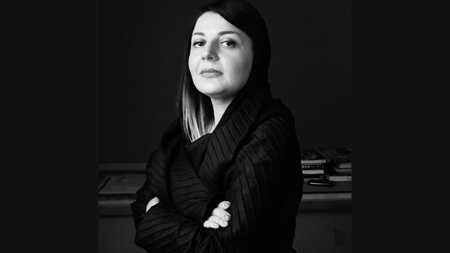

Mahsa Majidi
Principal Architect, Persian Garden Studio
The building’s function was changed to a hotel with seven rooms, with the addition of public spaces such as the restaurant, gallery, cafe and multipurpose areas. Due to the new functions new volumes were added. The pop up store is created that represents Iranian art and craft culture to visitors. This store is acting as a platform for neighbors and their kids as well as local artist to represent and sell their art and craft to visitors and tourists. The new generation of local labors which are not familiar with the traditional building related crafts were trained by older generation of artisans during this phase of the project. From this point of departure one of the most important missions Persian garden design studio thrive to achieve is training of Iranian craftsman in the field of cultural heritage. Hanna Boutique Hotel project was notably financed by the principle architect, Mahsa Majidi, who is continuing to invest in the neighborhood and similar historic buildings. Henry Corbin and Khark projects are both cultural projects under restoration in this neighborhood, as a second phase of these series of projects by Persian Garden Studio. Mahsa’s idea is to ensure that the original inhabitants of Lolagar alley continue to live there as they contribute to the cultural fabric of the street and the neighborhood. Mahsa aspires to keep the rents affordable for local craftsman and artists and to bring a mixed use and mixed income scheme to conserve the social fabric in the neighborhood and to avoid a gentrification in which artists and artisans would gradually be forced to leave due to the rise of the prices in real state, values and rents. All this is considered a way of giving back to the community which has a long history of cultural and social networks. Also it is a way of attracting investors and local owners to invest in public space projects and creating a sense of community. In her own words: “The main concentration of our team is how to have a good relationship with our neighbors and to share and develop common interests. The best strategy is to create a mixed used community spaces and gathering local businesses which results in higher income for all. . After Hanna boutique Hotel twenty five socio-cultural projects have been invested in and opened. Six galleries, one bookstore, eight cafes, six amphitheaters and four multicultural projects are new additions of the neighborhood. We believe through this implemented model in a small neighborhood in downtown Tehran, the social fabric bonds between communities have been strengthened and the life and economy of local residents are enriched.